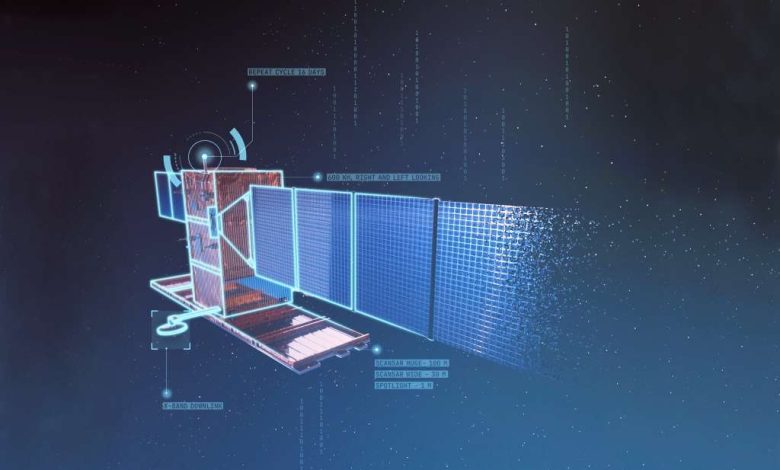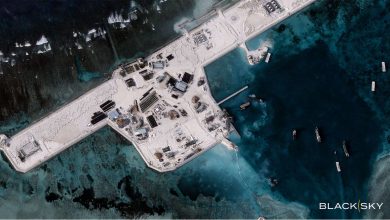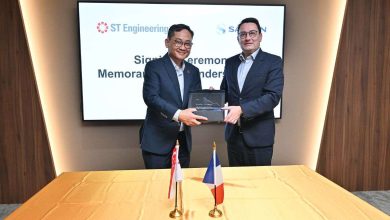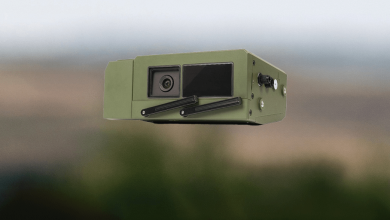
“Launching Leonardo: The Inception of the Premier Space Cloud Defense Initiative”
Rome, 19/02/2024 – Cutting-edge supercomputers, artificial intelligence, and cloud technology are incorporated into a constellation of secure satellites circling the Earth. This is the goal of the “Military Space Cloud Architecture” (MILSCA) initiative entrusted to Leonardo by the Italian Ministry of Defense (through the contracting agency Teledife), as part of the National Military Research Plan (PNRM).
For the inaugural time in Europe, similar to terrestrial cloud systems, this initiative aims to outline a spatial framework capable of delivering high-performance computing and storage solutions directly in orbit to governmental entities and national Armed Forces.
The infrastructure, crafted with integrated cyber defense frameworks, will ensure increased efficiency and flexibility in processing and disseminating information. The Space Cloud, which will undergo validation through the creation of a digital twin of the architecture, has the capacity to store over 100 Terabytes of data generated both on Earth and in space aboard each satellite of the constellation. It can execute computations with a capacity surpassing 250 TFLOPS (250 trillion operations per second) at single precision, utilizing sophisticated algorithms that incorporate artificial intelligence, machine learning strategies, and comprehensive data analytics. Additionally, they will be able to communicate and share data independently with other satellites.
A cyber-secure supercomputer and archival framework in space will guarantee users access to critical data such as communication, Earth observation, and navigation information, at any location, including the most isolated areas, and at any moment. Furthermore, a Space Cloud system will significantly decrease data processing durations, processing information directly in orbit, thereby offering real-time insights and enhancing multi-domain and multi-nation operations. The transmission networks will remain available for other interactions due to the sole transfer of relevant information to Earth. Moreover, preserving data in orbit will serve as an essential backup for Earth centers that are most vulnerable to natural calamities.
This initiative sees Leonardo leading, with the involvement of joint ventures Telespazio (67% Leonardo, 33% Thales) and Thales Alenia Space (67% Thales, 33% Leonardo). Set to span 24 months, the study comprises an initial phase dedicated to architecture definition followed by a second phase culminating in the development of a digital twin of the satellite featuring HPC and a multi-constellation satellite terminal prototype. The aim is to simulate diverse application scenarios within a digital setting. These evaluations will be conducted using Leonardo’s supercomputer, the davinci-1, one of the foremost aerospace and defense HPCs globally in terms of computational prowess and efficiency. The study will pave the way for a subsequent experimental phase, which, if validated, will include the launch of a demonstrative constellation of satellites into orbit.
The Space Cloud is a high-tech and multi-domain endeavor, leveraging Leonardo’s combined strengths in data acquisition, management, cyber security, artificial intelligence, and supercomputing through the HPC davinci-1. The development of MILSCA marks the inaugural project within the Space sector aligning with the strategic growth objectives within Leonardo’s new Industrial Plan.
“In a multi-domain context, the administration, security, and swift sharing of an ever-growing volume of data, much of which is tactical, evolve into vital elements for national defense. We will be pioneers in Europe in realizing a Space Cloud project, evidencing the feasibility and advantages arising from utilizing such an architecture, thus enabling a revolutionary cloud & edge computing paradigm,” mentioned Simone Ungaro, Leonardo’s Chief Innovation Officer. “Leonardo’s expertise will facilitate the creation of a Space Cloud network that supports digital transformation and technological advancements, addressing future challenges to meet the requirements of government and national Armed Forces.”
The Space Cloud for Defense initiative also lays the groundwork for future applications to support civil Earth observation initiatives and space exploration missions targeting the Moon and Mars, which could leverage an in-orbit cloud computing architecture for expedited data downloading and processing.







